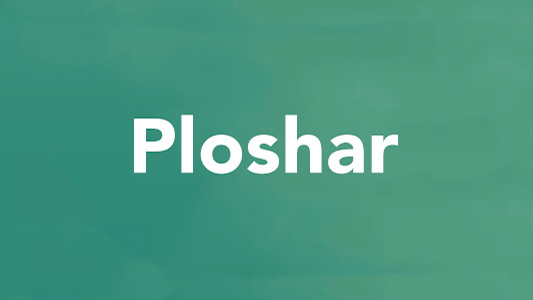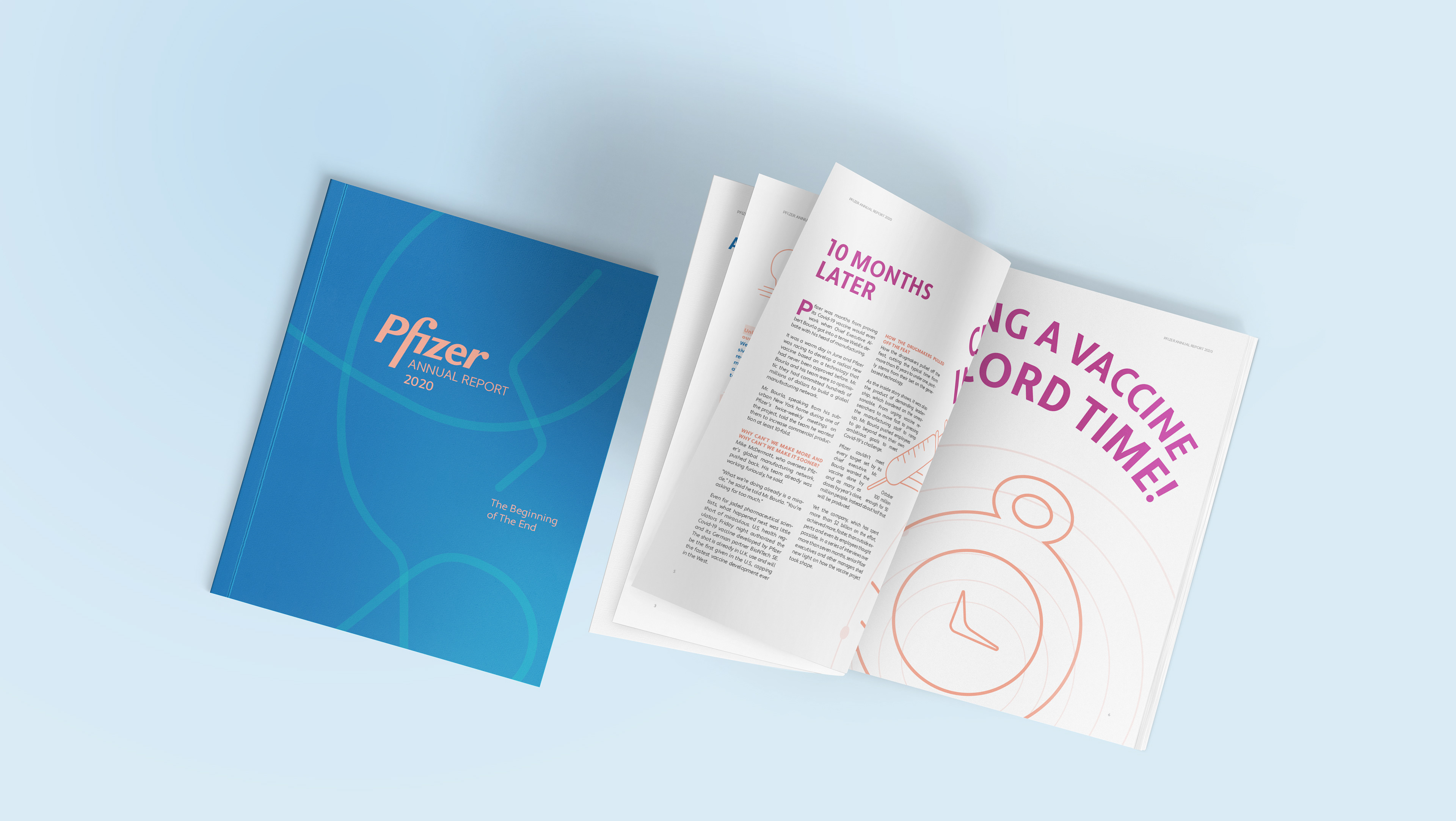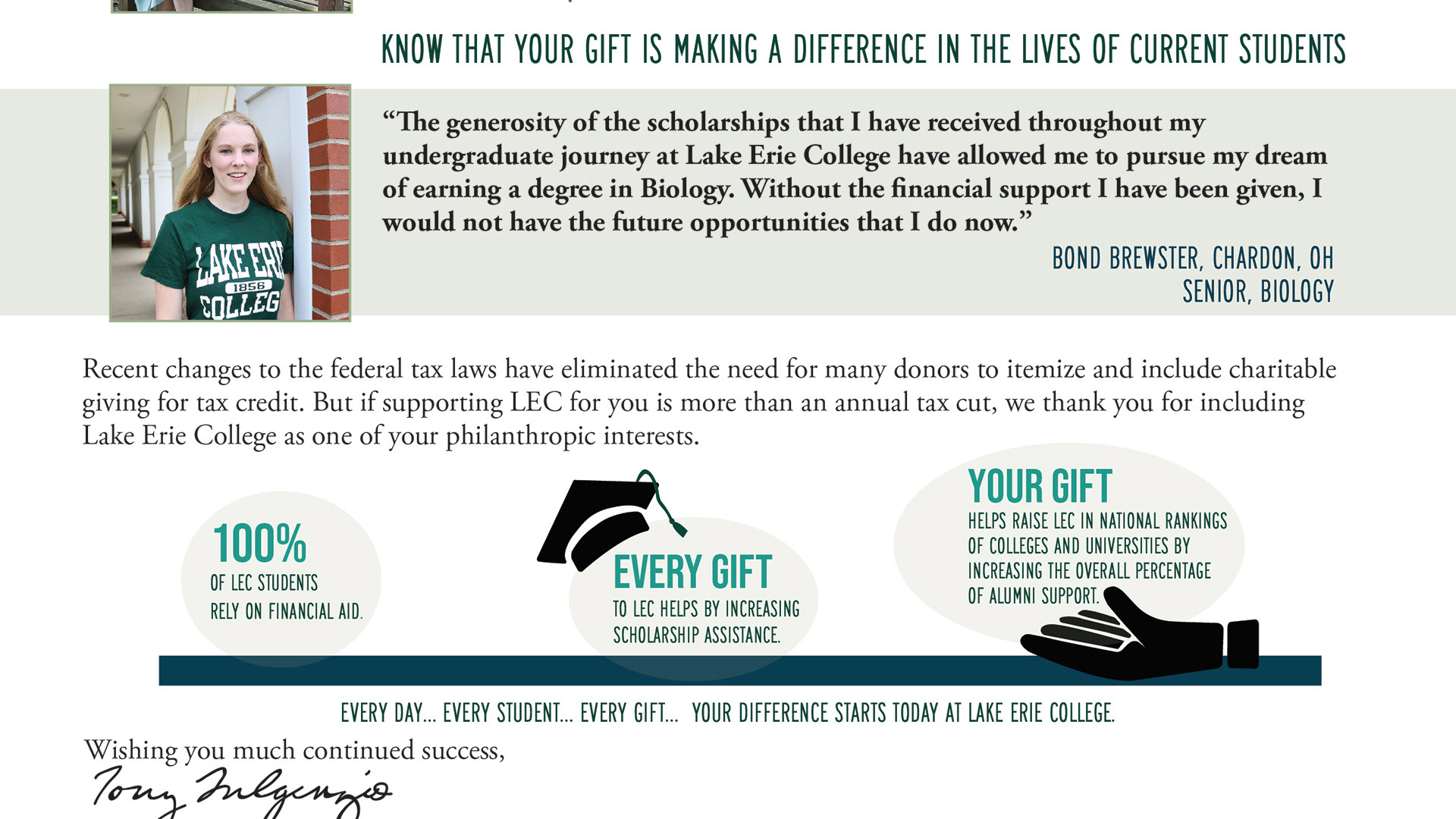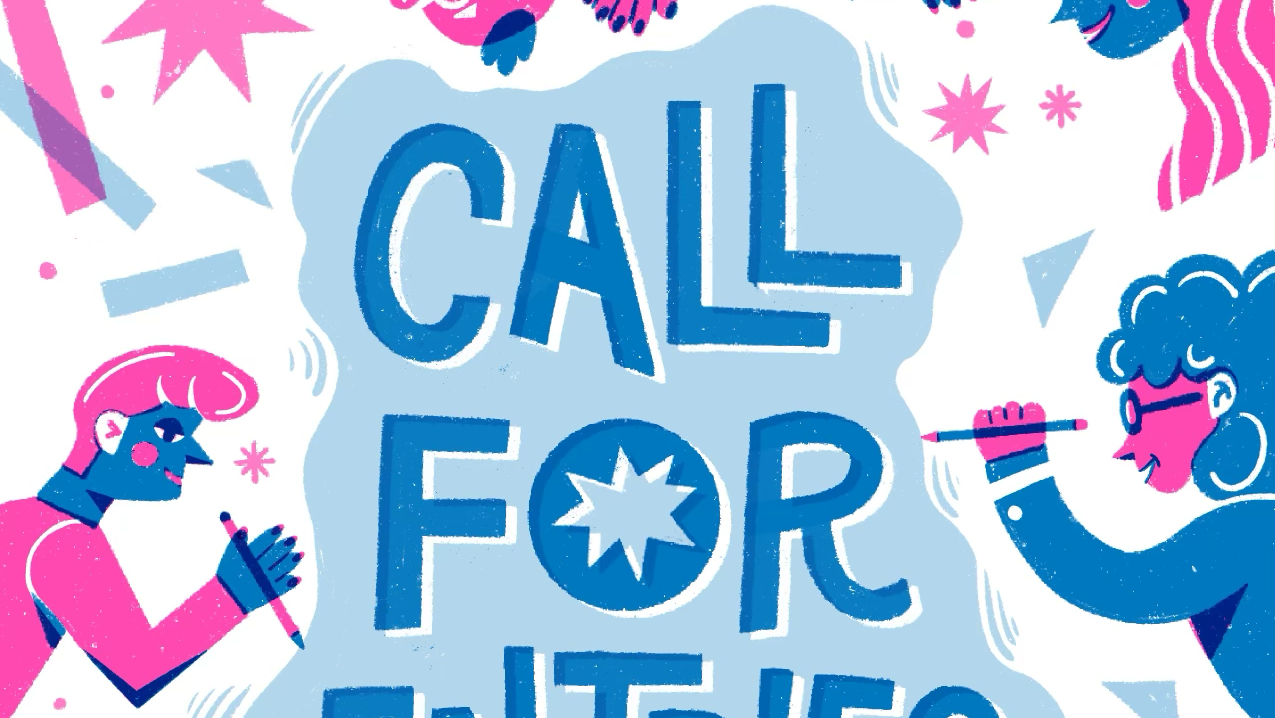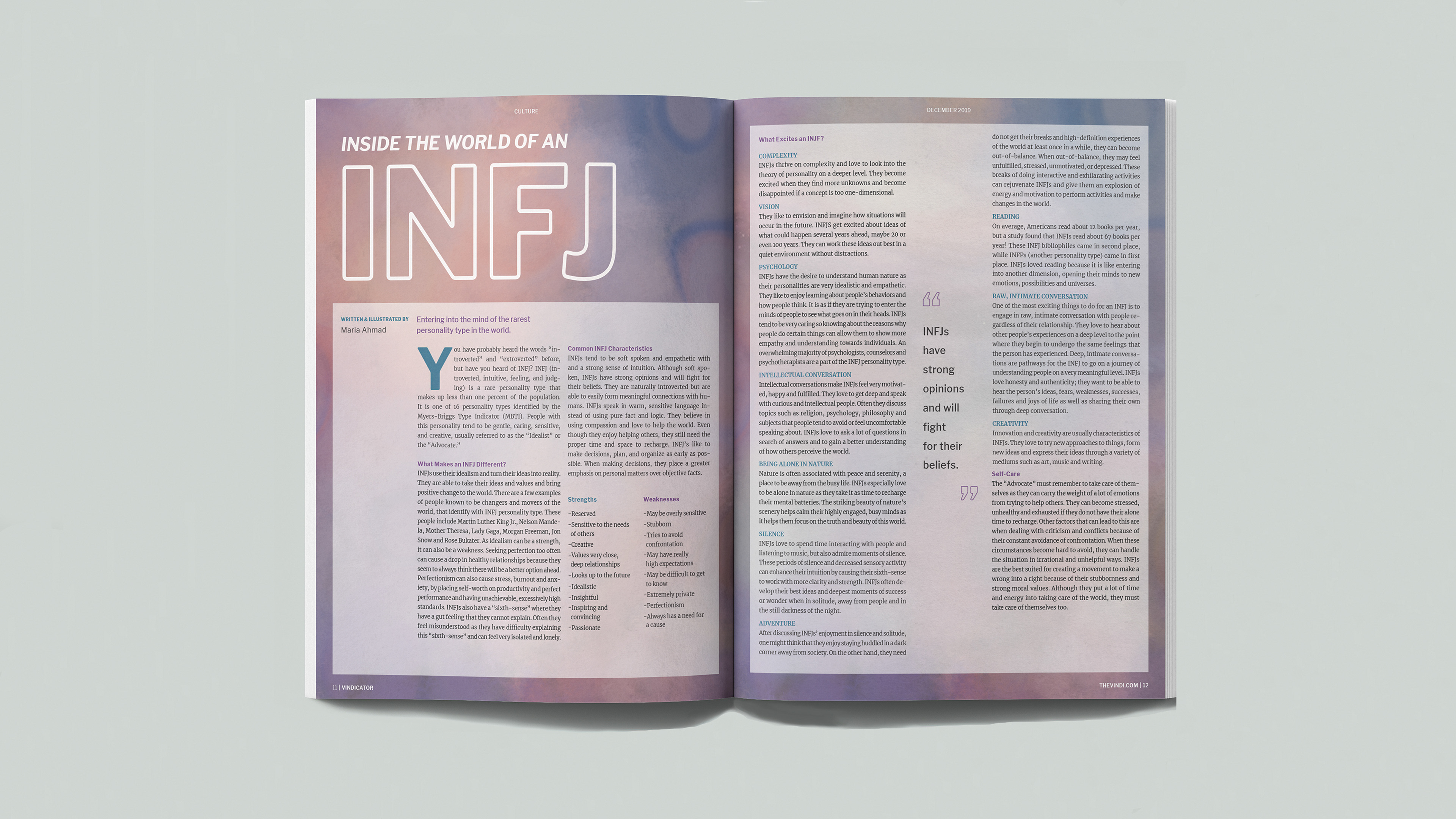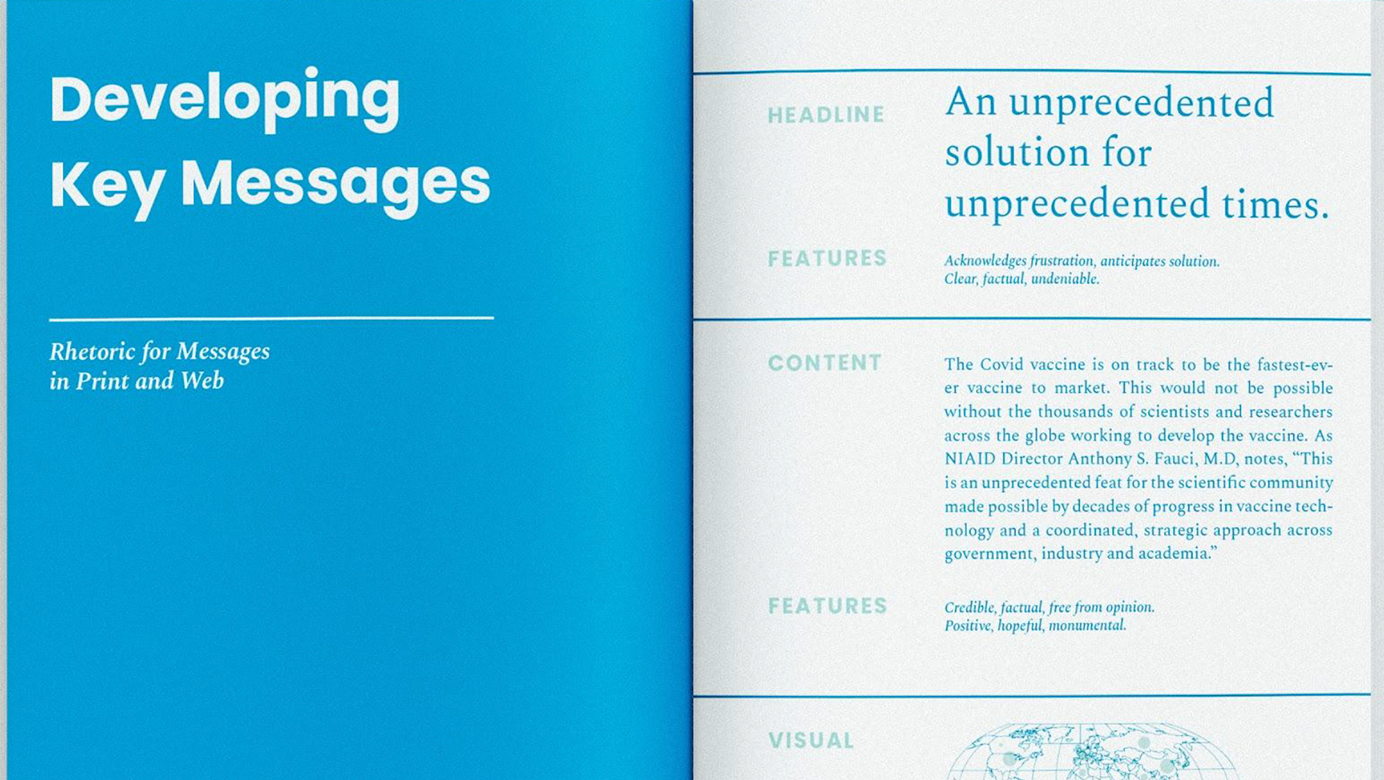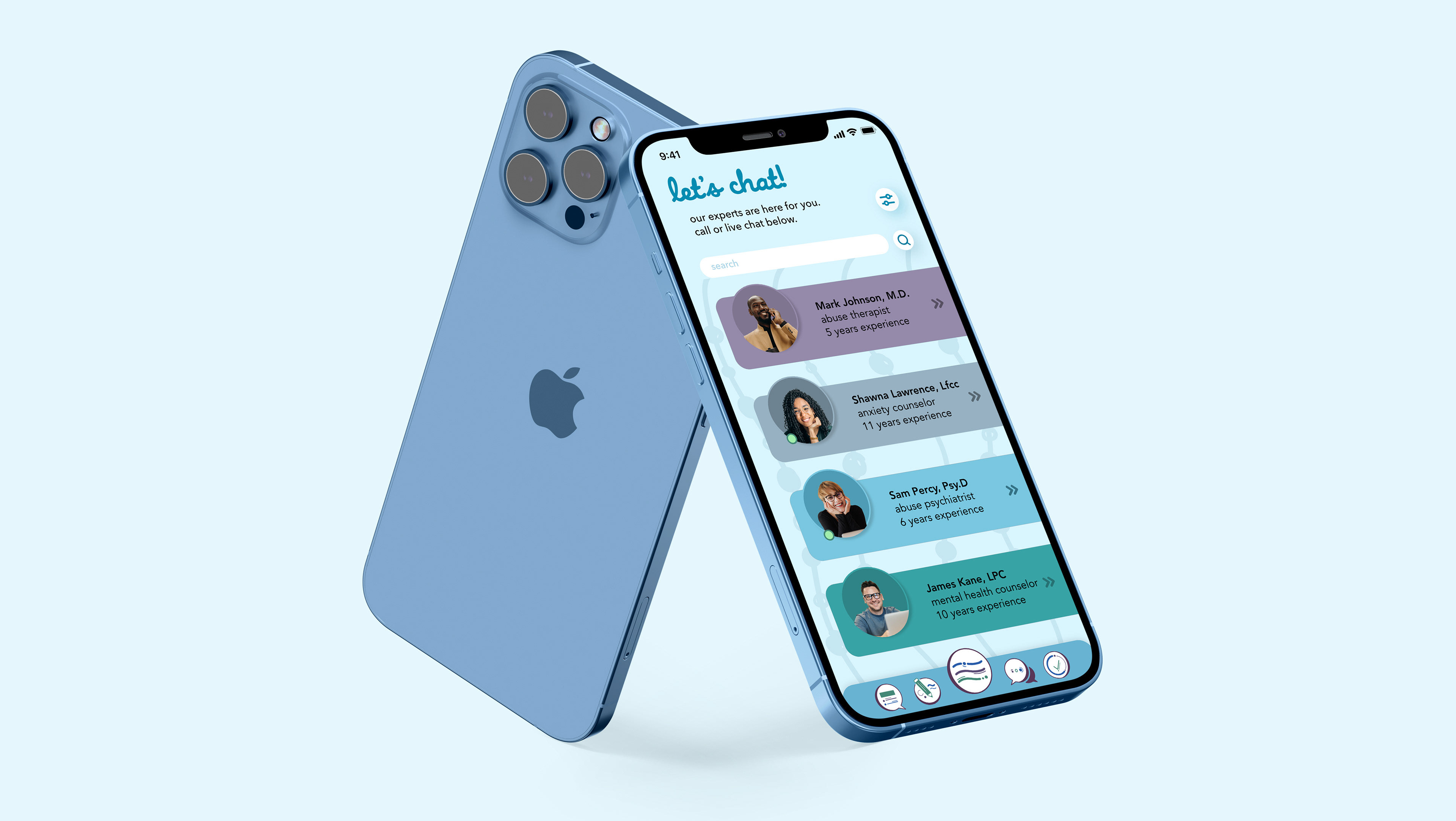A holographic experience for patient consultations, medication reminders, and task completion
Problem
How can the telehealth experience become more human for elderly patients?
For over 5 years, I worked as a pharmacy technician and guided patients to the pharmacist when they had questions about their medications. Several patients expressed having difficulty remembering to take their medications on time. Considering how the pandemic has increased isolation, I thought, "How can we make the pharmacist-to-patient experience more human?" To explore this problem, I conducted research and hypothesized that holographic voice assistants would exist in the near future as a method to enhance the human connection between patients and pharmacists.
Empathy Map
Empathy mapping allowed me to understand what the user says, thinks, does, and feels throughout their journey of engaging with Holo, the holographic voice assistant.
Journey Experience Map
The journey experience map walks through the process of how the user learns about the product, purchases it, and engages with it. Each touchpoint is a specific part of the user's journey that reveals their thoughts. The opportunities section determines what deliverables could be created to help the user on their journey.
The Solution
Through my research findings, I discovered that a printed instructional manual would be most helpful for the target user, who is not very tech-savvy. The size of the text is larger so that those with vision impairments can read with ease. The product package provides examples of phrases that users can say to the device.
Tools Used: Adobe Illustrator, Adobe InDesign
